Copper to aluminum bus bar
See "table I" for the comparison of electrical performance parameters of the three conductor materials. From the comparison of comprehensive indexes in table I, it can be seen that the service reliability and service life of the three conductor materials:
1. The conductivity of copper bus is second only to silver, and it is reliable to use, but it has heavy weight, high price and will be higher and higher.
2. Aluminum bus has the advantages of light weight, low price and second only to copper in conductivity, but if the lap joint has the following fatal weaknesses:
(1) The aluminum surface is easily oxidized, and the contact resistance will be increased on the lap surface, resulting in heating and even burning.
(2) The material is soft, the creep speed is fast, it is easy to loosen after a long time, and it is heated or even burned due to poor contact.
Due to the above reasons, the surface contact resistance of aluminum bar increases gradually after long-term power on, which is easy to cause electrical performance decay and even lose conductivity.
Experimental demonstration 1: conductor surface lap performance test
In 2003, the British Columbia Power Laboratory of Canada conducted 2000 hours of salt spray corrosion cycle test and current burst test on copper and copper, copper and aluminum, aluminum alloy and aluminum alloy lap (bolted) joints. The high current burst test is to study the aging of conductor connection parts.
The experimental results show that under the same environmental conditions, the connection reliability of aluminum alloy conductor is far from that of copper and copper. The resistance of copper and copper connection changes little during the test, only 30% of the sample resistance increases, while more than 70% of the resistance of aluminum alloy and aluminum alloy connection increases ficantly, of which more than 40% of the conductive function is lost. The experimental results show that the aluminum alloy has the advantages of direct bonding, fast aging and short electrical life. (the original text of this test is the 2005 IEEE (Institute of electrical and Electronics Engineers) award-winning paper.)
The main purpose of copper to aluminum bus bar is to solve the fatal weakness of aluminum bus in conductivity and reduce the cost on the premise of ensuring safe, reliable and service life.
Copper to aluminum bus bar has the same oxidation resistance as copper because its surface is copper. Mutual lapping is the lapping of copper and copper. Its electrical life is the same as that of copper bus after long-term power on. After special process treatment, the creep deformation is small and the performance is close to that of copper, which overcomes the fatal weakness of aluminum bus. The service reliability is the same as that of copper bus. Its service performance is essentially different from that of aluminum bus. It can replace copper bus, but the price is greatly reduced.
Experimental demonstration 2:
Whether the service life of copper to aluminum bus bar can meet the requirements, the above conclusions are confirmed through tests:
The service life test of conductor materials is based on the requirements of GB / t9327-2010 test methods and requirements for crimping and mechanical connection fittings for power cable conductors with rated voltage of 35kV and below. Shanghai Cable Research Institute has conducted 1000 thermal cycles (equivalent to 1000 temperature rises) for a brand of composite row according to this standard, and four 8 * 80 rows are connected for the test, with 1535a current. Measure the temperature and DC resistance of the lap joint, calculate the resistance ratio and dispersion based on the data of 1000 tests. The test lasted for eight months and the test was qualified. The test confirmed that the copper aluminum composite bar passes through high current for a long time, and the performance change of its material and copper aluminum interface is very small, which is within the range of standard requirements. The ability and reliability of the composite row to resist thermal fatigue are proved, and it shows that the conductivity will not decay after long-term power on.
The above tests prove that the performance of copper to aluminum bus bar is essentially different from that of aluminum bus bar. The electrical life is much longer and the reliability is much higher than that of aluminum bus bar. The use safety is the same as that of copper bus. At the same time, because of its light weight, convenient installation, small bending stress caused by self weight and longer service life, it is a bus with the highest cost performance.
In order to solve the problem of easy oxidation on the surface of aluminum bus, some enterprises adopt zinc plating and copper plating on the surface of aluminum bar. Because the coating is very thin and the service life is limited, the most important thing is that the creep problem has not been solved. In order to solve the problem of creep, some enterprises use aluminum alloy bars. The conductivity of aluminum alloy is lower than that of pure aluminum, and the cross section should be much larger in use. In short, to ensure the safe use of aluminum bars, many treatment processes need to be added, and its cost is not low.
2、 Copper to aluminum bus bar service safety and reliability: reliability test (thermal cycle and thermal fatigue test)
(1) Thermal cycle test
Shanghai University of technology conducted 100 0-200 ℃ thermal cycle tests on a brand of composite exhaust. The interfacial bonding strength (shear) was measured before and after the test. After the test, the interfacial bonding strength did not decrease. This test confirmed that the stress generated by thermal expansion and cold contraction would not destroy the interfacial bonding strength within the temperature difference of 200 ℃. The normal service temperature of the complete set of electrical equipment shall not exceed 110 ℃. Therefore, the stress generated by thermal expansion and cold contraction will not affect the bonding strength of copper aluminum interface and will not damage the normal use of the complete set of electrical equipment. According to the requirements of the wind power industry, another 100 thermal cycle tests at minus 40 ℃ - 120 ℃ were carried out, and the interface bonding strength did not decrease.
(2) Thermal fatigue test
At present, the only test to verify the service life of conductor materials is the national standard GB / t9327-2010 test methods and requirements for crimping and mechanical connection fittings for power cable conductors with rated voltage of 35kV and below.
Shanghai Cable Research Institute conducted 1000 thermal cycle (equivalent to 1000 temperature rises) tests on a brand of composite row according to the highest requirements of this standard, connected with 4 8 * 80 rows and connected with 1535a current. Measure the temperature and DC resistance at the connection each time, calculate the resistance ratio and dispersion after the test, which lasted for eight months and passed the test. The test proves that the copper aluminum composite row passes through high current for a long time, and the material performance of its interface changes little. Within the scope of standard requirements, it proves the ability and reliability of thermal fatigue resistance of the composite row.
Copper to aluminum bus bar has been applied in high and low voltage switchgear and power bus duct projects since 2008, including high-rise buildings, modern factories, commercial buildings and rail transit. Hundreds of projects have been successfully operated for many years without any adverse information feedback.
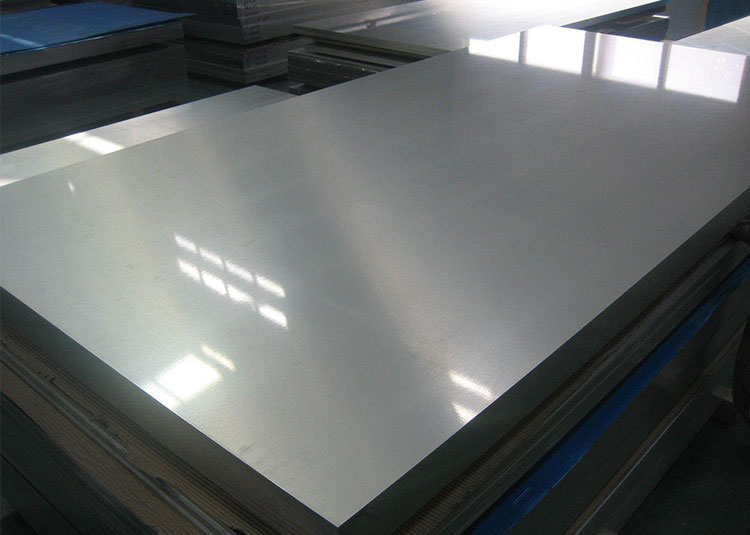
Aluminium Sheets
View Details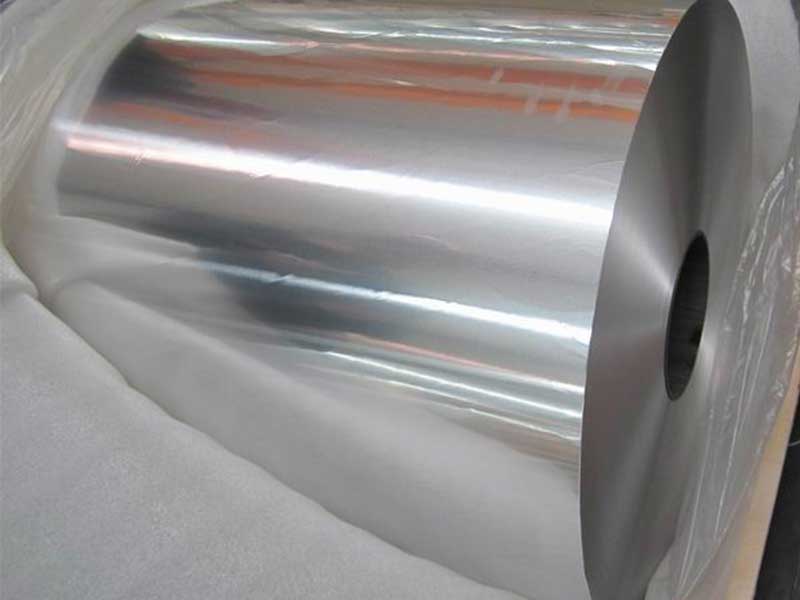
Aluminium Coils
View Details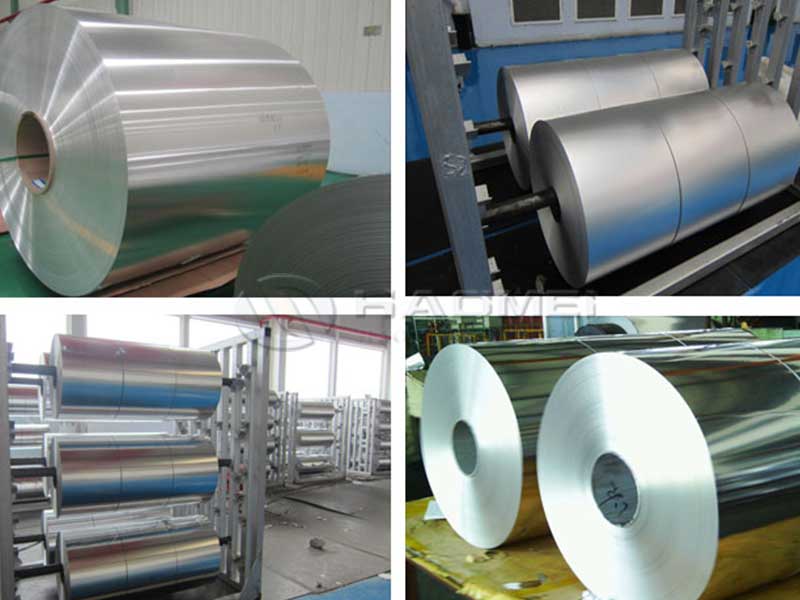
Aluminium Foils
View Details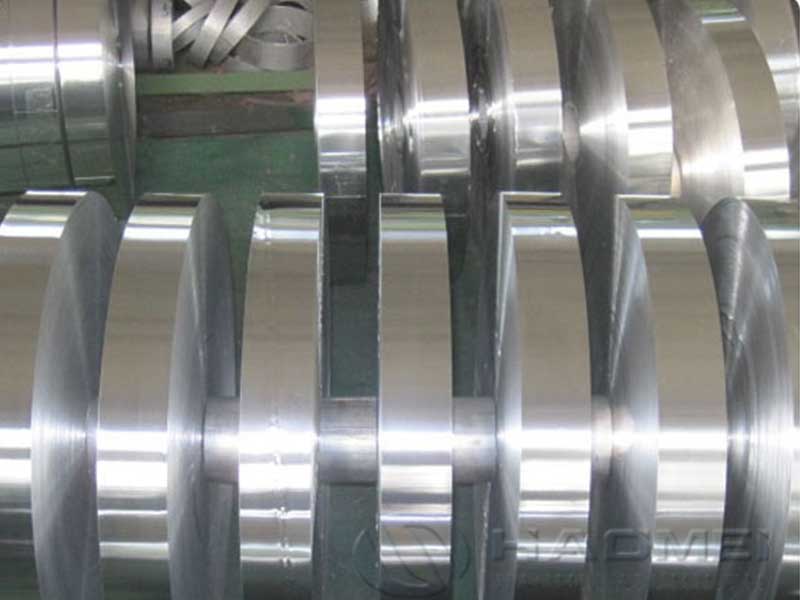
Aluminium Strips
View Details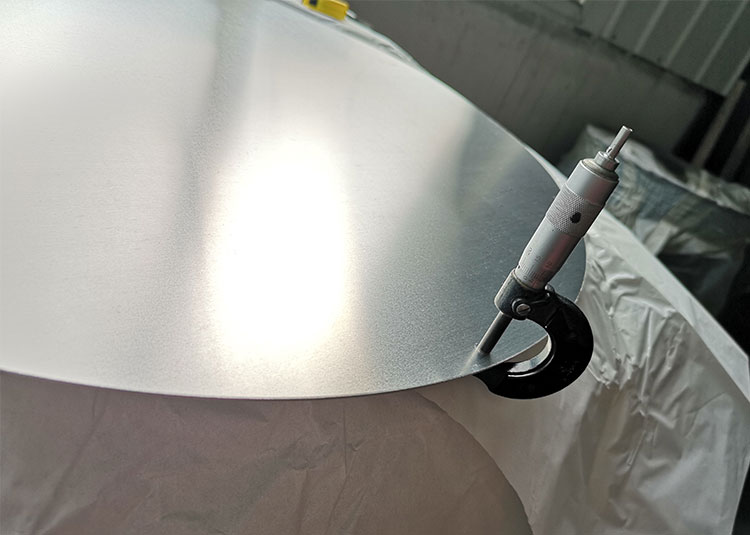
Aluminium Circles
View Details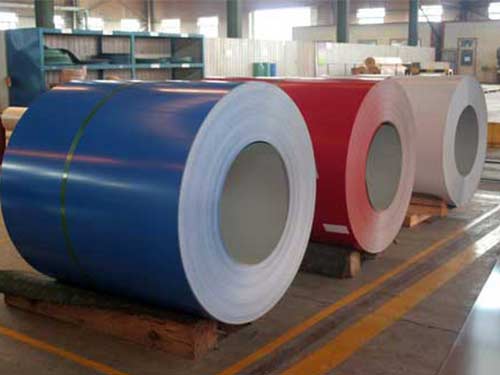
Coated Aluminium
View Details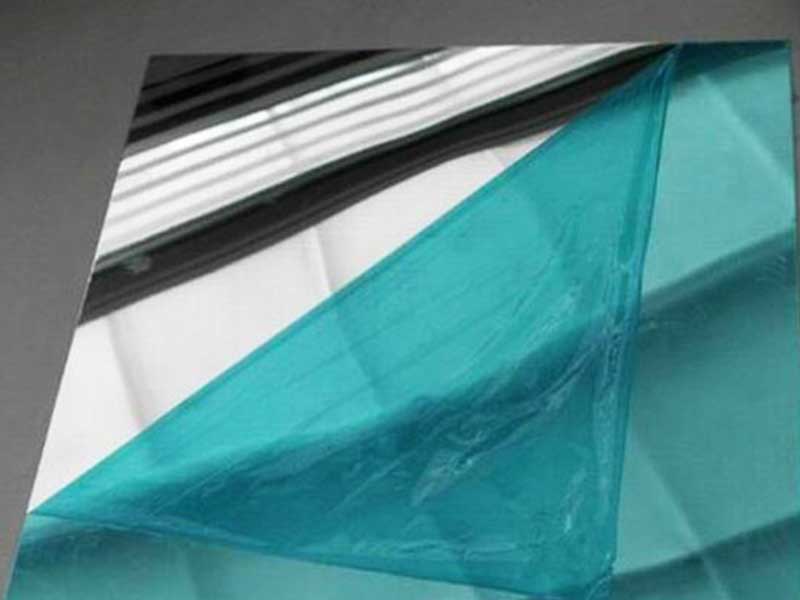
Mirror Aluminum
View Details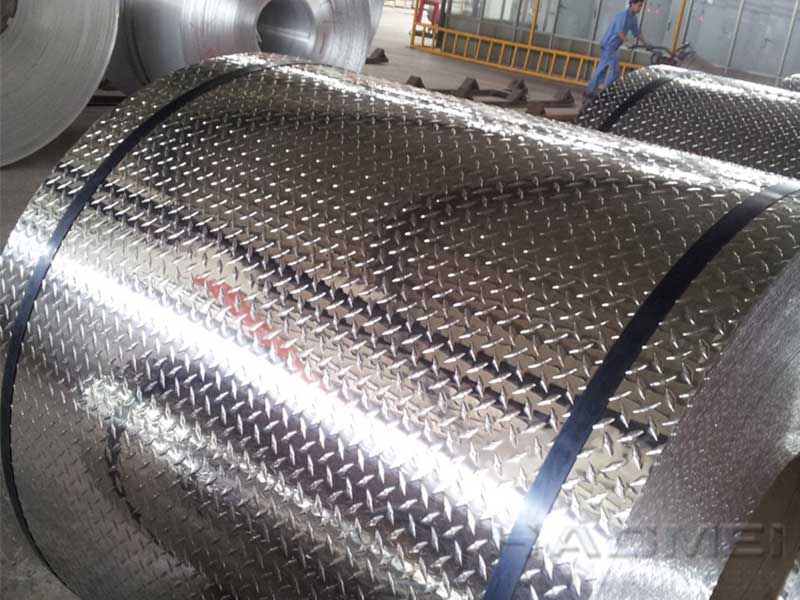
Stucco Embossed Aluminum
View DetailsCopper
- which winding is better copper...
- Copper clad plate manufacturer...
- copper to aluminum transition...
- Why can't copper wire and 1 Se...
- Application of Copper clad alu...
- Copper clad aluminum conductor
- High-current copper braid soft...
- Special properties of tinned -...
- Copper-Aluminium Bimetal Clad...
- aluminum to copper transition...
- Advantages of aluminium over c...
- Copper-Aluminium Bimetal Clad...
- high conductivity c1100 copper...
- Copper-Aluminium Bimetal Clad...
- Copper-Aluminium Bimetal Clad...
- copper clad aluminum CCA radia...
- Copper clad aluminum wire 5654
- Etp Copper Strips For Distribu...
- Difference between copper wind...
- Copper clad aluminum wire CCA...